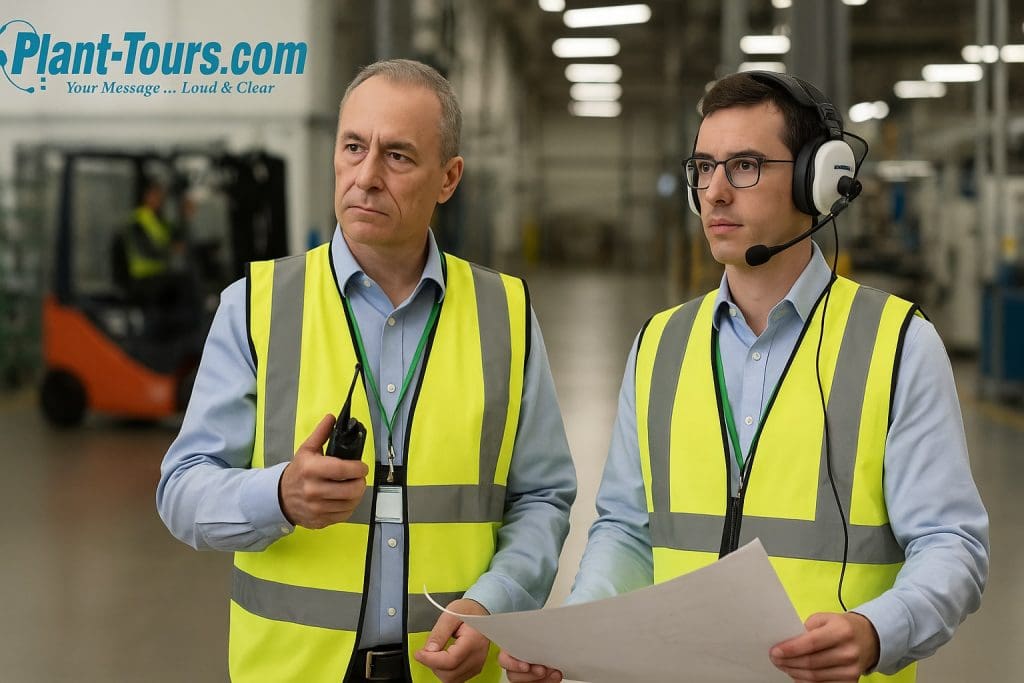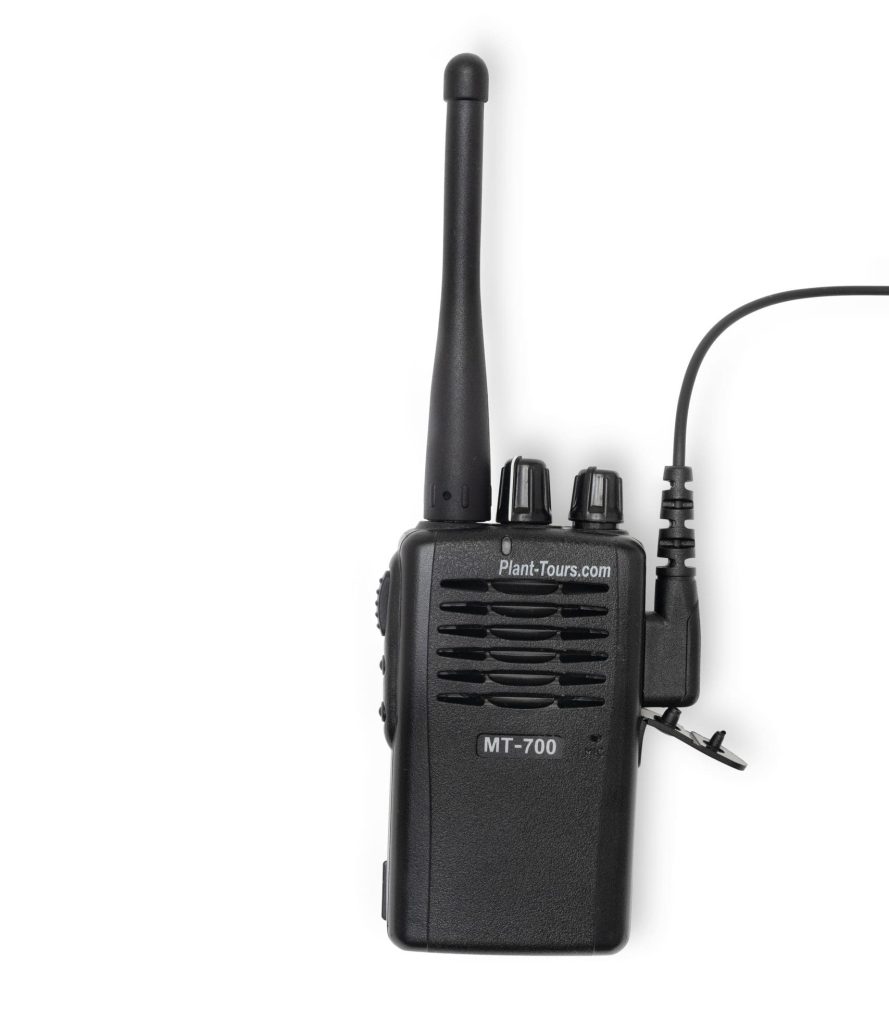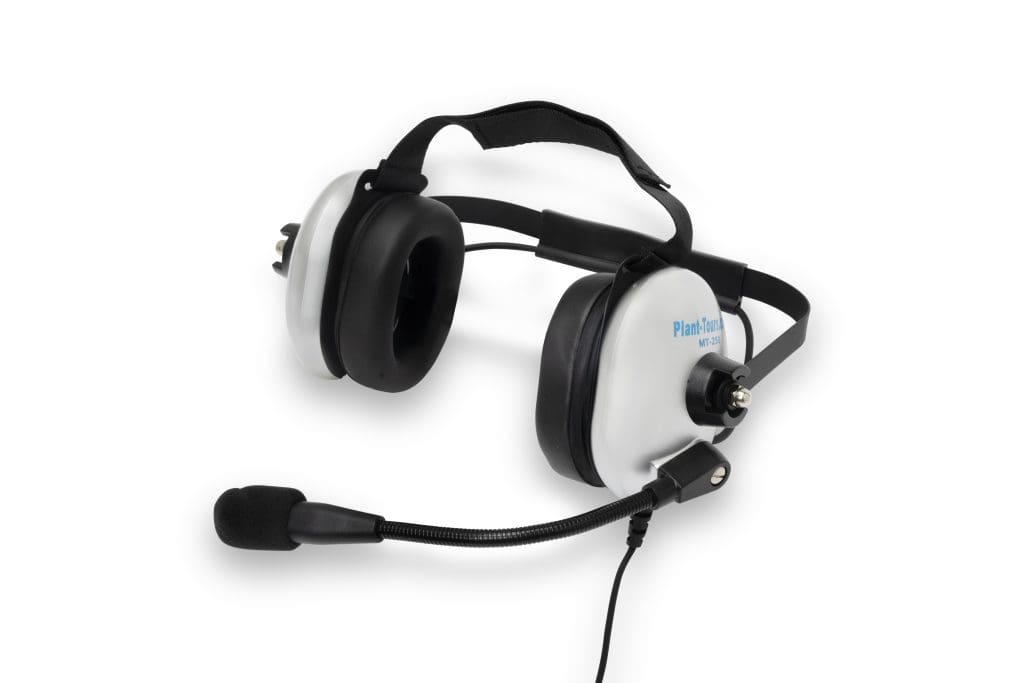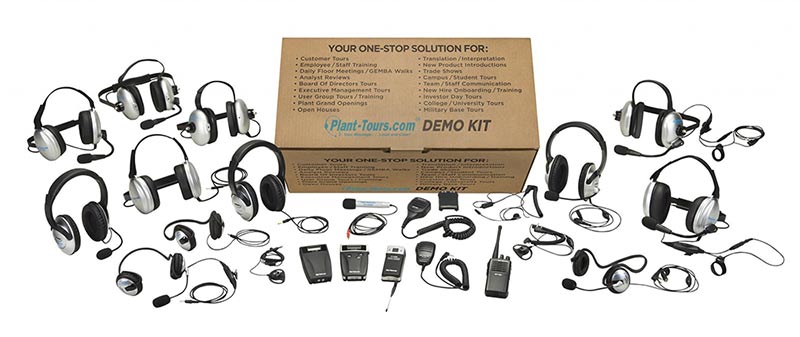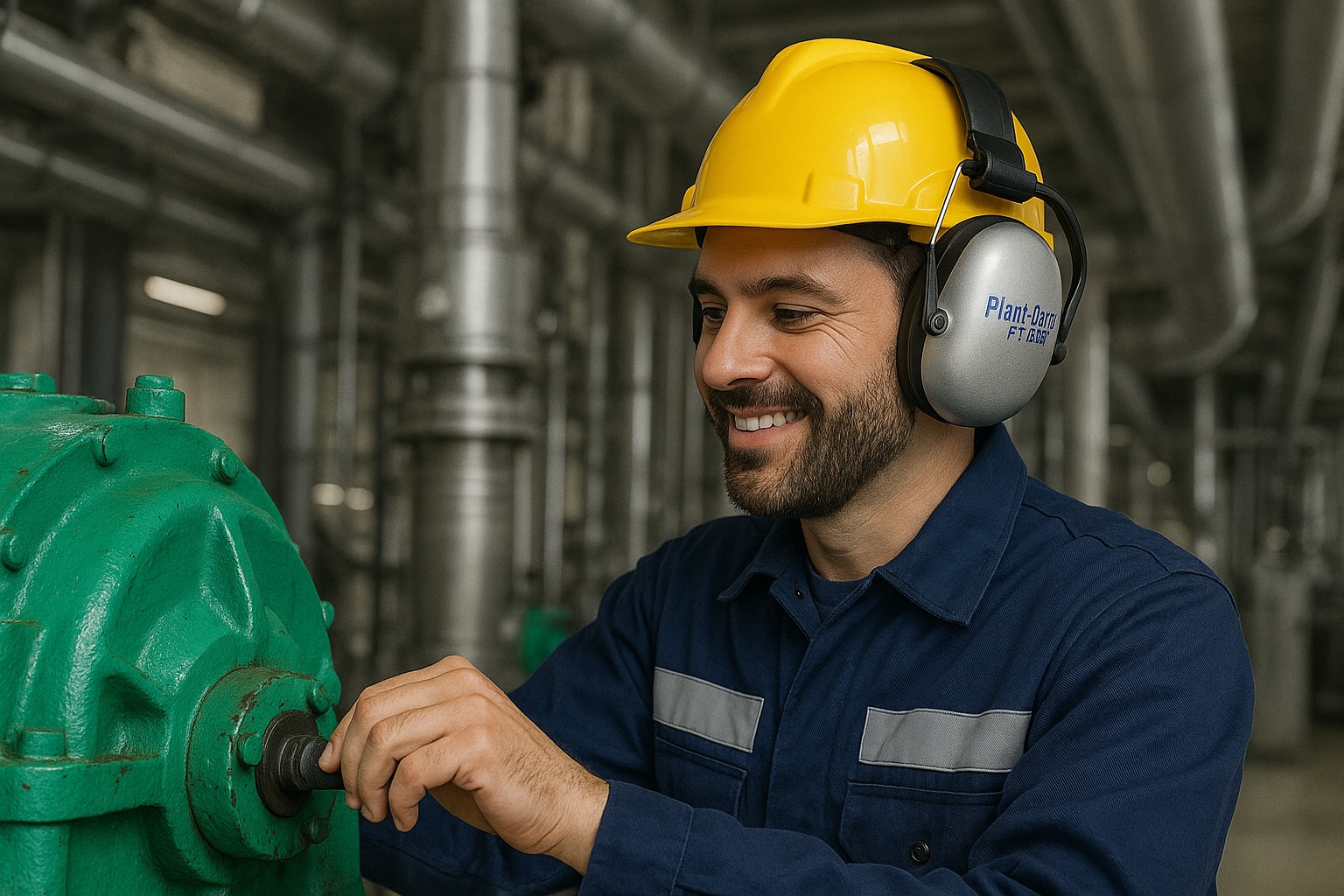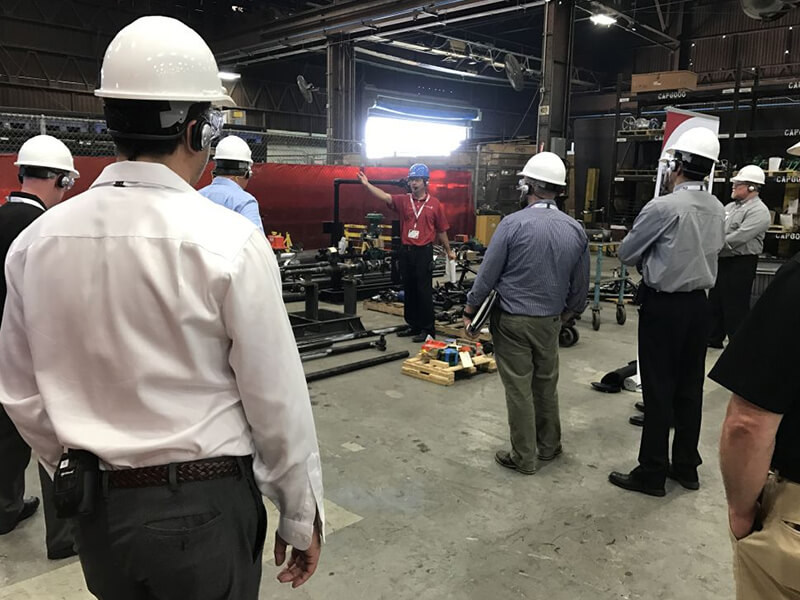After spending years working directly with industrial teams across factories, processing plants, and construction sites, I can tell you—clear and reliable communication isn’t a luxury, it’s a necessity. In these challenging environments, where noise is constant and every second counts, two-way radios aren’t just tools—they’re lifelines.
I’ve seen operations grind to a halt because workers couldn’t relay a message fast enough. That’s why we only recommend radios built for the job—models with long battery life, dust and water resistance, and full compatibility with protective gear like hard hats and hearing protection. These features might sound technical, but in real-world use, they’re the difference between a smooth shift and a safety hazard.
This guide pulls together the core features and lessons I’ve learned from the field—so you can make an informed choice and equip your workforce with a radio system that keeps them efficient, connected, and safe—no matter how tough the conditions.
Overview of Two-Way Radios in Industrial Settings
Processing plants, factories, and other industrial settings are loud, fast-paced, and precision-reliant. Their operations leave little room for error because when mistakes happen, they can be costly—not only for the company, but also for the health and safety of workers.
Two-way radios are just one of the ways that industrial workplaces cut through the noise to enhance communication and keep operations on pace. However, not just any two-way communication system will get the job done. From handling dust exposure to integrating with protective gear, the best industrial two-way radios have specific features to keep up with these demanding environments.
Key Features to Look for in Industrial Two-Way Radios
When doing radio model comparisons, here are a few key features you should consider.
Battery Life and Power Options for Long Shifts
Battery life is of utmost importance to ensure uninterrupted communication during long shifts. Look for two-way radios with low-power mode options or other features to extend usage time. You may also want to consider transceivers that can be adapted with an extended run-time battery, such as our MT-700 model.
Range and Frequency: Choosing the Right Specs for Your Industry
The range and frequency of your two-way radios determine how far you can communicate. Smaller industrial settings like manufacturing facilities may not need a system with a ton of range. In contrast, a large construction site will require much more.
When looking at two-way radio systems, consider:
-
- Frequency – The two most common frequencies are VHF (Very High Frequency) or UHF (Ultra High Frequency). UHF is best for most industrial environments as it is better at penetrating obstacles and walls.
-
- Antenna – A shorter antenna means less range. While mini antennas can be great for plant tours in industrial settings, they don’t have enough range for everyday operations.
When Saint-Gobain’s manufacturing facility needed a long-range two-way radio system that could span multiple buildings for their security team, Plant-Tours rose to the challenge. We outfitted them with a tailored communication solution using MT-800 digital radios and MT-265 collar microphones. This resulted in a more effective security operation with significantly reduced response times and more vigilant patrols.
Water and Dust Resistance in Industrial Radios
Resistance to dust, moisture, and impact is critical for two-way radios in an industrial environment. Look for ratings, such as IP67 or IP68, which show how resistant a radio is to water and dust.
How to Read IP Rating on Two-Way Radios
| Section of Rating | Meaning | Recommendation |
| IP | Stands for Ingress Protection | N/A |
| First Number | The first number determines the protection against solids, such as dust and other small particles. It ranges from 0 – 6 | 5 or higher for dusty industrial settings. |
| Second Number | The second number determines protection against liquids. It ranges from 0 – 8. | Varies, depending on facility operations. While 1 protects from vertically dripping water, 8 protects when immersed in more than a meter of water. |
Ease of Use and User Interface Considerations
When testing radio equipment, we suggest doing so in full gear. This includes any personal protective equipment. The two-way radio system should fit comfortably and be easy to use.
Consider if your operations would benefit from hand-free features like a lockable push-to-talk option, allowing the user to communicate without consistently holding the talk button.
Sound Clarity in Loud Environments
The sound of machinery, tools, and other industrial noise can make hearing a handheld two-way radio extremely difficult. To ease communication, you should look for a system with a headset that offers hearing protection.
The MT-250 High Noise Headset is a great example. It features a full-ear seal and is effective for high-noise environments with a 24 NRR rating.
Fit with Personal Protective Gear
Hard hats and bump caps are commonplace in industrial settings. However, not all two-way industrial radios can accommodate these. Ensure that the radio system you choose fits comfortably with all personal protective equipment—you should never have to trade safety for communication.
Network Compatibility and Integration
Two-way radios that integrate with industrial communication protocols and systems can take your communication infrastructure to the next level. Standard integrations you may want to consider include VoIP (Voice over Internet Protocol) or digital mobile radio (DMR).
This connectivity is key in creating hyper-connected facilities that can perform advanced functions, such as acquiring machine monitoring data in real time.
Durability and Reliability: Essential Factors for Industrial Radios
Two-way radios are regularly exposed to harsh conditions in an industrial setting, such as temperature fluctuations, moisture, dust, and impact. Therefore, durability and reliability are a must.
Radios with rugged features are less likely to fail or get damaged in industrial settings. These may include:
-
- An IP rating of IP67 or IP68
-
- Reinforced and durable buttons
-
- Scratch-resistant screens
-
- A shock-resistant shell
Rugged features can ensure your two-way radios work when needed, enhancing effective communication in manufacturing, processing, and more.
Suitability and Decision Guidance: A Buyer’s Perspective from the Field
After working with thousands of industrial teams over the past few decades, I’ve seen firsthand how critical it is to match the right two-way radio system to the specific needs of your environment. It’s not just about picking a model off the shelf—it’s about understanding your facility’s layout, the intensity of your daily operations, and the safety requirements of your team.
Start by examining the physical demands of your work environment—radios used in dusty, wet, or rugged conditions should meet military specifications and carry a high IP rating for water and dust resistance.
Next, consider operational factors like your facility size, layout, and staff structure. If you’re covering a large area with multiple buildings or levels, you’ll need radios with extended range and optional repeater capability. For teams working in separate zones or departments, radios with multiple channels help reduce interference and maintain efficient communication.
Don’t overlook usability and comfort. Radios should be compatible with radio headsets, fit well with personal protective equipment, and be easy to operate—even with gloves. While commercial series radios can be a budget-friendly, economical workhorse for lighter-duty settings, heavy-duty industrial roles often demand a more robust, business-grade solution.
Use product spec sheets, demo programs, and vendor support to compare models and find the best fit for your staff needs, location requirements, and long-term durability expectations.
Maintenance and Care Tips for Industrial Two-Way Radios
Even the best two-way radios need maintenance and care to operate smoothly. Make sure to clean and store radios properly, regularly checking batteries and training users in best-practice usage.
-
- Clean Regularly – Use a soft cloth or disinfectant wipe regularly on the radios to avoid dirt buildup. In cases where grime is caked into small slots or edges, a toothpick or swab can be effective.
-
- Monitor Batteries – Ensure that batteries are fully charged before removing from the charger. This will help extend their lifespan. Any batteries with noticeable wear or damage should be disposed of.
-
- Store Properly – When radios are not in use, store them in a clean and dry environment. Protective cases made specifically for two-way radio systems are ideal.
-
- Train Radio Users – Anyone using two-way radios should be trained on their various functions, as well as maintenance. This can help avoid damage due to misuse or accidents.
Conclusion
Choosing the right two-way radios for an industrial workplace has many challenges and considerations. But there are many modern models built to fit the bill. With these, you can greatly enhance your communication—resulting in better workflow, increased employee satisfaction, and a safer work environment.
If you need help determining the best two-way radio for your workplace, don’t hesitate to contact our communication experts.
Sources
Plant-Tours.com. (n.d.). How to use two-way radios. https://www.plant-tours.com/blog/how-to-use-two-way-radios
Wikipedia contributors. (n.d.). IP code. Wikipedia. Retrieved May 26, 2025, from https://en.wikipedia.org/wiki/IP_code
Plant-Tours.com. (n.d.). Saint-Gobain case study. https://www.plant-tours.com/case-studies/saint-gobain
Liu, W., Wang, Z., Yu, X., Peng, S., Yang, L., Wang, J., Shi, L., & Fang, H. (2023). Design and implementation of two-way wireless communication system based on LoRa technology. Sensors, 23(12), 5694. https://doi.org/10.3390/s23125694
Plant-Tours.com. (n.d.). What is a two-way communication system? https://www.plant-tours.com/blog/what-is-two-way-communication-system
